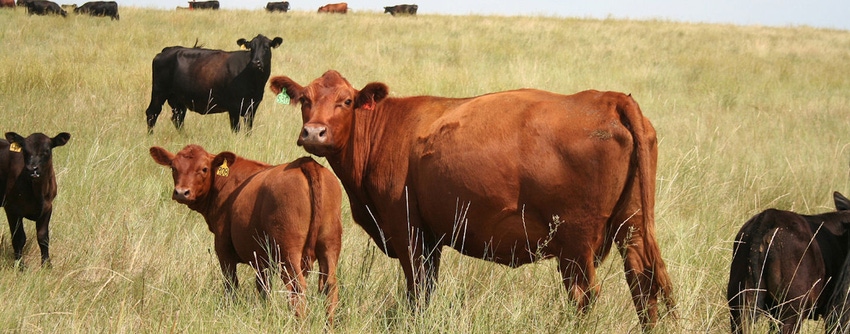
Agriculture is sustainable and wealth creating in direct proportion to the percentage of its total energy usage that comes from solar energy as sunlight.
Modern agriculture – what we consider as conventional today – evolved in conjunction with cheap energy prices and is very inefficient in solar energy usage. So long as fossil fuel energy was cheap, there was little incentive to devise methods of production that were solar-energy efficient, so fossil-fuel energy usage by agriculture grew exponentially. Energy consumption in production for tillage, irrigation, fertilizers, pesticides and harvesting rose greatly as did energy used in transportation of farm products and farm supplies. All this has happened in my lifetime.
If agriculture is to be productive, regenerative, and profitable in the long term, it will be necessary to reduce the total amount of energy used by agriculture and to replace much of the fossil energy usage with biological energy generated from solar energy.
Animal collectors
One way of accomplishing this is to return animals to the farm; mixed-species pastures harvest large amounts of solar energy that can be converted to wealth with grazing animals. This wealth consists of fiscal capital but also includes biological capital in the form of greatly improved soil, plant and animal health and productivity. These attributes offer a method to build the soil resources needed to produce crops such as grain and vegetables.
One of the most successful systems of agriculture ever devised developed in Argentina in the twentieth century. Legume-based pastures were grazed for four to six years before being plowed down and the land put in row crops for two years. The biological diversity of the soil-plant-animal complex that in a properly grazed pasture reduces the number of species of plants, animals and microbes that grow their populations to the point that they become pest organisms. The same activity builds health in the soil, in the vegetation, in animals and in the financial status of the rancher.
The operative phrase here is "properly grazed." Many thousands of acres of the soil-plant-animal complex we term grassland have been destroyed – and are still being destroyed – by abusive grazing. Much of this damage can be traced to practices which interfere with the flow of energy through these areas. For plants to convert solar energy (sunlight) into biological energy (such as carbohydrates and fats) the plants must have green and growing leaf area. When plants are repeatedly defoliated by grazing animals before they can produce at least as much energy as it took to grow the leaf, the plants are severely damaged by loss of energy and will die if the damage continues.
Overgrazing truths
Overgrazing takes place on a plant-by-plant basis, and occurs anytime a leaf is removed before it has time to produce as much energy as was required to grow the leaf.
This process of overgrazing is a function of the length of time a plant is exposed to defoliation. It will not be remedied by reducing the number of animals. Reducing the number of animals will only reduce the number of plants being overgrazed at a point in time, and will not stop overgrazing since the animals return time and again to the same plants as tender young forage develops.
Under continuous exposure to grazing at a light stocking rate, some plants will be damaged by overgrazing while some plants of the same species will not be grazed and will be damaged by over-rest.
Forage plants evolved with grazing animals, and require periodic defoliation to remain healthy. When old tissue accumulates on un-grazed plants over a long period of time, the plant is damaged because the old leaf is ineffective in converting solar energy and it shades and reduces the effectiveness of new leaf.
This does not mean that all forage should be kept in an immature state at all times -- vegetation, soil life, grazing animals and rancher bank accounts all benefit when forage is periodically allowed to reach more mature states. This fits well with the knowledge that forage must be accumulated during the growing season so that feed is available during the dormant season.
Aside from providing forage for grazing animals -- wildlife as well as livestock -- both the plants and the soil benefit from allowing plants to reach close to mature states. There are differences between plant species as to the rate of maturity and to how fast the mature forage deteriorates, but forage with a lot of leaf material that is just “topped” will be healthier and produce more forage and more soil exudates to nourish soil microbes than will plants kept in an immature state.
Unlike water and minerals, energy does not cycle through the system. Energy flows through the system with a portion being given off as heat at each point of energy usage until all is removed from the system. For a system to continue to function, it must receive constant infusions of energy (sunlight).
Energy can be stored as fats and carbohydrates for short periods but at the cost of reduced efficiency of energy use and production.
About the Author(s)
You May Also Like




